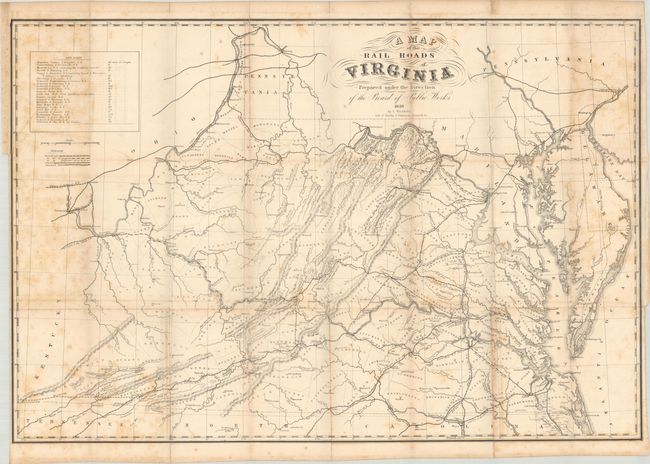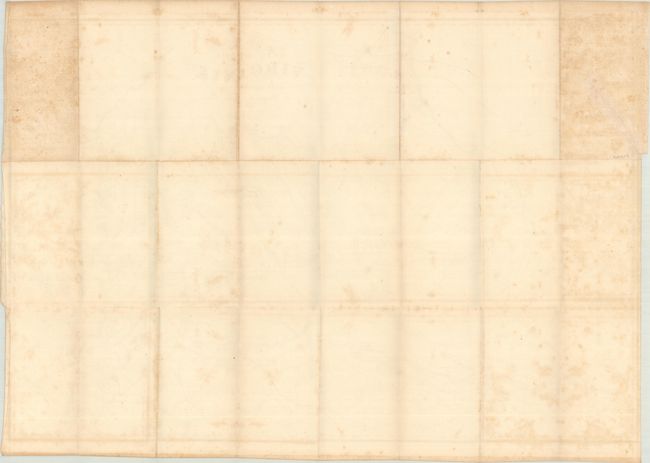Catalog Archive


Auction 196, Lot 274
Rare Railroad Map of Virginia - Bucholtz’s Earliest Work
"A Map of the Rail Roads of Virginia Prepared Under the Direction of the Board of Public Works", Bucholtz, Ludwig von
Subject: Virginia, Railroads
Period: 1858 (dated)
Publication:
Color: Black & White
Size:
34.6 x 23.3 inches
87.9 x 59.2 cm
Download High Resolution Image
(or just click on image to launch the Zoom viewer)
(or just click on image to launch the Zoom viewer)

